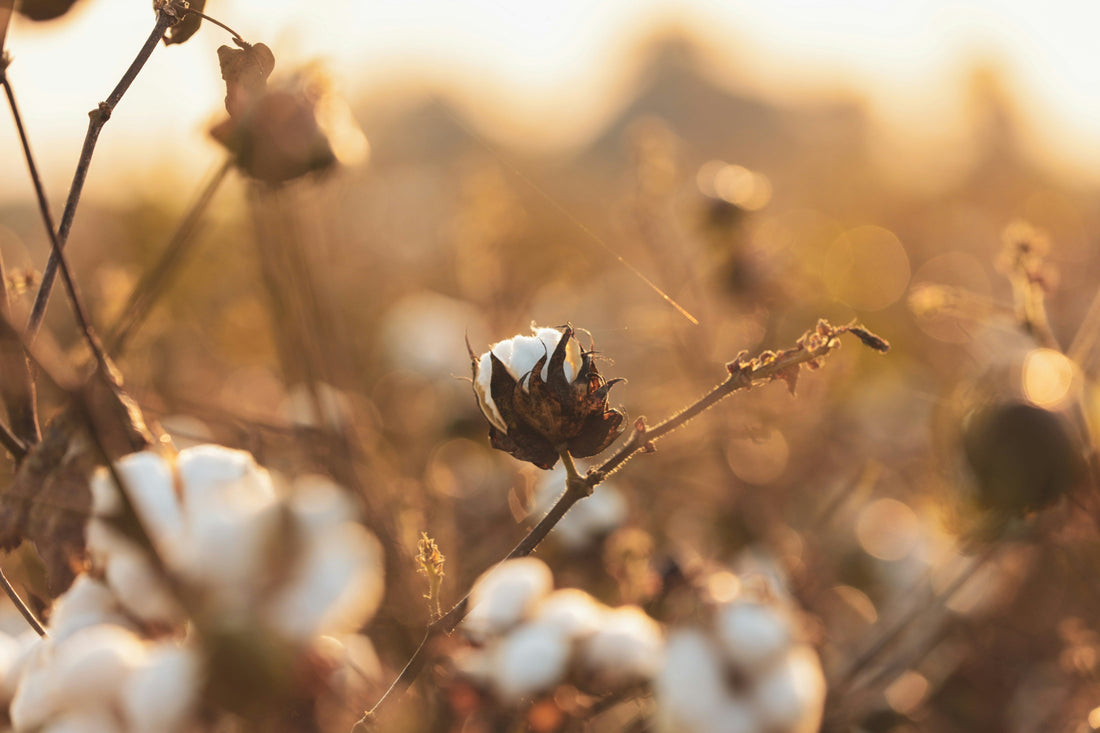
What’s in Your Clothes? A Guide to Fabric Choices for Comfort, Durability & Sustainability
Ever bought a cosy-looking jumper only to have it pill after two washes? Or a summer dress that somehow makes you sweat even more? The fabrics we wear make a huge difference in comfort, durability, and environmental impact. But with so many options—natural, synthetic, blends—it can be hard to know what’s really worth your money.
At LovexJen, we believe in slow fashion—choosing quality over quantity. Let’s break down what’s in your clothes and how to make smarter fabric choices!
🌱 Natural Fabrics: Timeless & Earth-Friendly
Natural fabrics come from plants or animals, making them biodegradable and generally more breathable and durable. But not all are created equal!
✅ Cotton – Soft, breathable, and versatile. Look for organic cotton to avoid pesticides and excess water use.
✅ Linen – Lightweight, breathable, and gets softer with age. Made from flax, it’s one of the most sustainable fabrics out there.
✅ Wool – Naturally insulating and moisture-wicking. Perfect for winter, but be sure to choose ethically sourced wool.
✅ Silk – Luxuriously soft, strong, and biodegradable, though traditional silk production isn’t always cruelty-free. Look for peace silk alternatives.
💡 LovexJen Tip: Natural fabrics last longer, but they need gentle care. Always check the label, wash at lower temperatures, and avoid harsh detergents.
🛑 Synthetic Fabrics: Cheap, But At What Cost?
Synthetics are made from plastic-based fibres like polyester and acrylic. They’re cheap and easy to produce, but they come with major drawbacks:
❌ Polyester – Strong but traps heat, causes sweating, and sheds microplastics into the ocean with every wash.
❌ Acrylic – Used in cheap knitwear, but pills quickly and isn’t breathable.
❌ Nylon – Common in activewear, but non-biodegradable and energy-intensive to produce.
❌ Elastane (Spandex) – Adds stretch but loses shape over time. Best in small percentages.
💡 LovexJen Tip: If you must buy synthetic, look for recycled options like Repreve (recycled polyester) to reduce waste.
🔄 Fabric Blends: The Good, The Bad & The Ugly
Blends mix natural and synthetic fibres for added durability and stretch, but they often compromise breathability and aren’t biodegradable.
🔹 Cotton-Polyester Blend – More durable than pure cotton but less breathable.
🔹 Wool-Acrylic Blend – Cheaper than pure wool but pills quickly.
🔹 Linen-Rayon Blend – Softer than pure linen but loses some of its cooling properties.
💡 LovexJen Tip: When buying blends, choose ones with a higher percentage of natural fibres for better breathability and comfort.
🧵 Why Fabric Choice Matters
The next time you shop, think beyond the style and check the fabric tag! Investing in high-quality, natural fabrics means:
🌍 Less waste – They last longer, so you buy less and waste less.
🌱 Better for the environment – No microplastics, less pollution.
🧡 More comfort – Breathable, soft, and kind to your skin.
At LovexJen, we upcycle second-hand and leftover fabrics to create beautiful, unique, and sustainable clothing—because fashion should be kind to both you and the planet.
What’s your favourite fabric to wear? Let’s chat in the comments! 💬👇
Further reads:
Microplastic Shedding & Synthetic Fibres: Ellen MacArthur Foundation – A New Textiles Economy
The Environmental Impact of Cotton: WWF – Cotton: A Water-Intensive Crop
Fast Fashion & Clothing Waste: Fashion Revolution – Fashion Transparency Index
Why Natural Fibres Are More Sustainable: Good On You – Guide to Sustainable Fabrics
Cover Photo by Karl Wiggers on Unsplash
